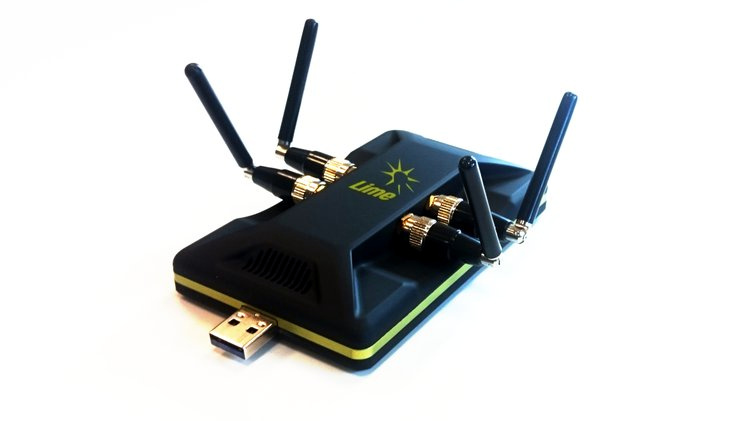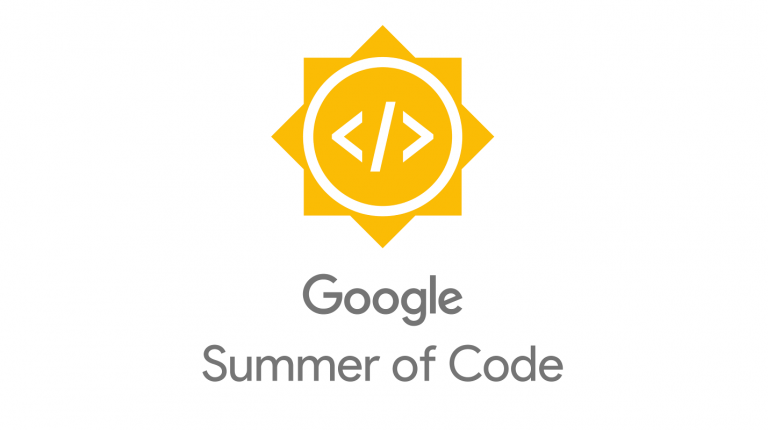OTA: LimeSDR Shipping, 6G Cellular, New Osmocom, and More
Work to deliver outstanding LimeSDR, LimeSDR Mini, and associated devices continues, but there’s been a major change in the background: Crowd Supply is now in full control of inventory management and distribution, which is going to make future fulfilment considerably smoother at the cost of a moderate delay in the…












